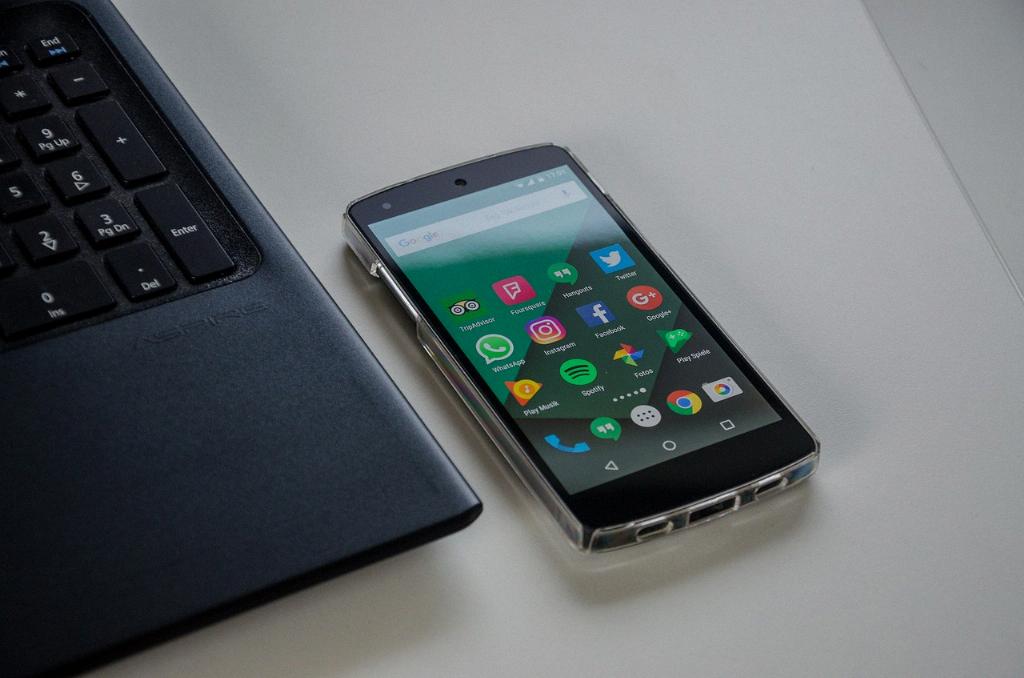Enabling USB debugging on your Android device is essential for various software development tasks, such as app debugging and data transfer between your device and a computer. Below, we’ll explore the step-by-step process to enable USB debugging on Android devices.
Accessing Developer Options
To enable USB debugging, you first need to access the Developer Options menu on your Android device. This menu is hidden by default to prevent accidental changes that could affect your device’s performance or security.
Locating Developer Options
Depending on your Android version, the Developer Options menu can be found in different locations within the device settings. For devices running Android 9 (API level 28) and higher, you can typically locate Developer Options under Settings > System > Advanced.
Enabling Developer Options
If you haven’t enabled Developer Options before, you may need to do so by tapping on the Build Number in the About Phone section of your device settings multiple times. Once enabled, you can access the Developer Options menu from the Settings.
Accessing USB Debugging
Once you’ve successfully accessed the Developer Options menu, scroll down the list of options to locate USB debugging. This feature allows you to establish a direct USB connection between your Android device and a computer for debugging purposes.
Activating USB Debugging
To enable USB debugging, simply toggle the switch next to the USB debugging option. A confirmation dialog may appear to notify you of the potential risks associated with USB debugging, such as unauthorized access to your device.
Granting Permission
Upon confirming the activation of USB debugging, your device may prompt you to grant permission for the connected computer to access your device data. Ensure you trust the computer before proceeding with this step.
Connecting to a Computer
With USB debugging enabled, you can now connect your Android device to a computer using a USB cable. This connection allows you to transfer files between the two devices and debug applications using Android development tools.
Verifying USB Debugging
To confirm that USB debugging is successfully enabled on your Android device, you can use developer tools or run adb commands on your computer to interact with the device. This verification ensures that the debugging feature is active.
Disabling USB Debugging
If you no longer require USB debugging or wish to enhance the security of your device, you can easily disable this feature by returning to the Developer Options menu and toggling off the USB debugging option.

Final Thoughts
Enabling USB debugging on your Android device empowers you to take full control of your device’s development capabilities, facilitating tasks such as app debugging, software testing, and data transfer. By following the simple steps outlined above, you can seamlessly enable USB debugging on your Android device and explore a myriad of development opportunities.
